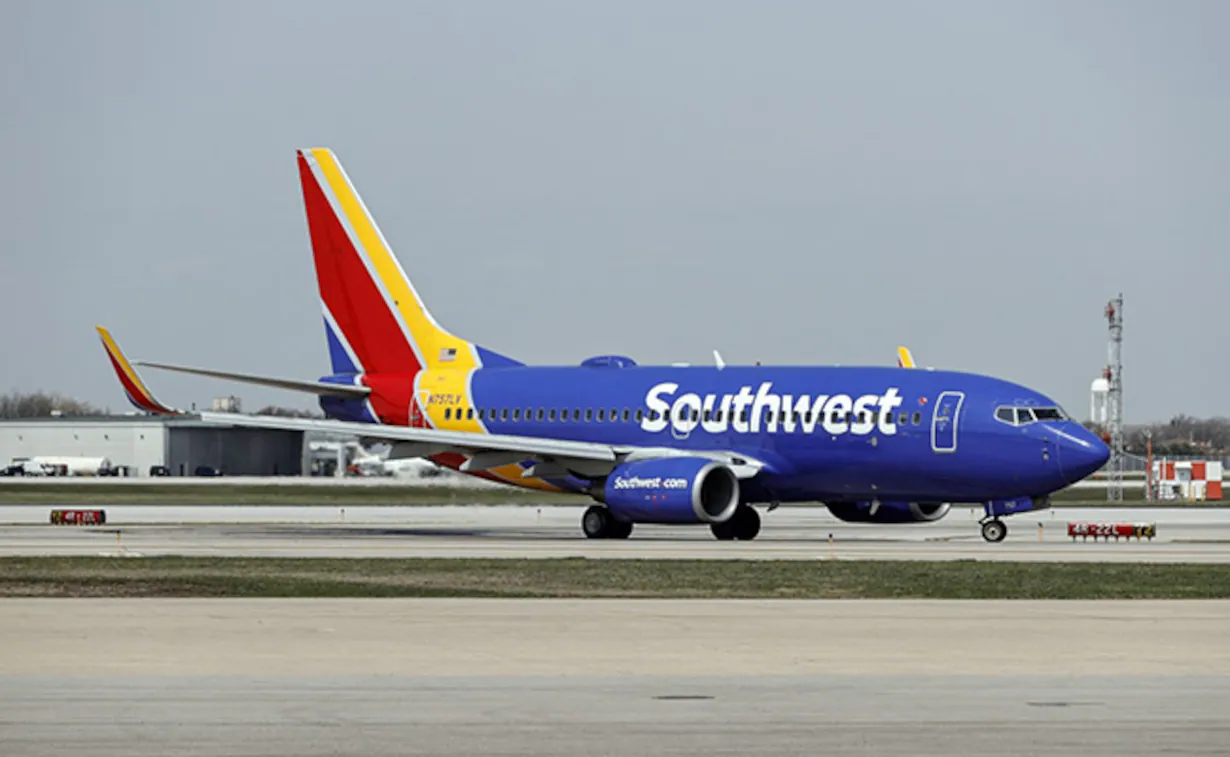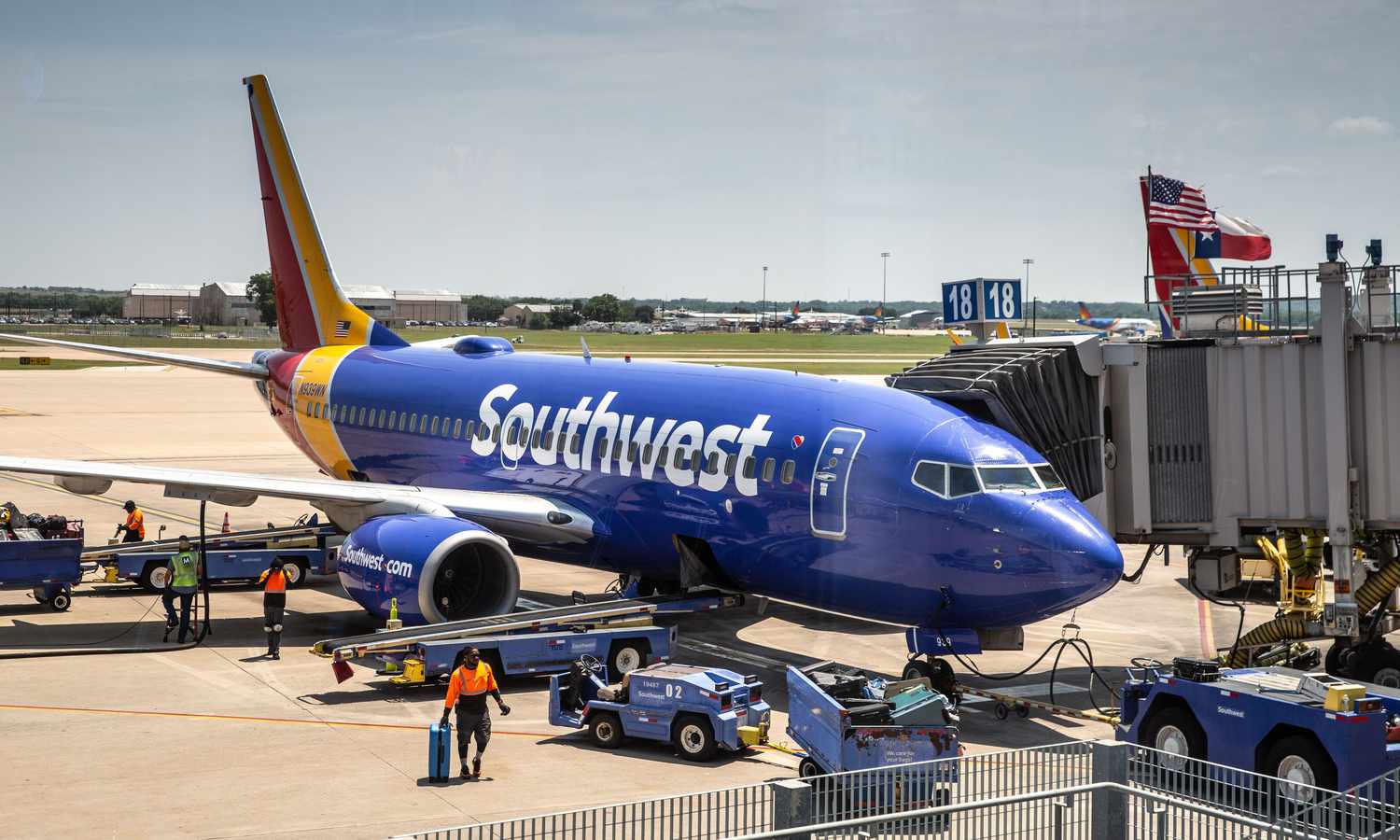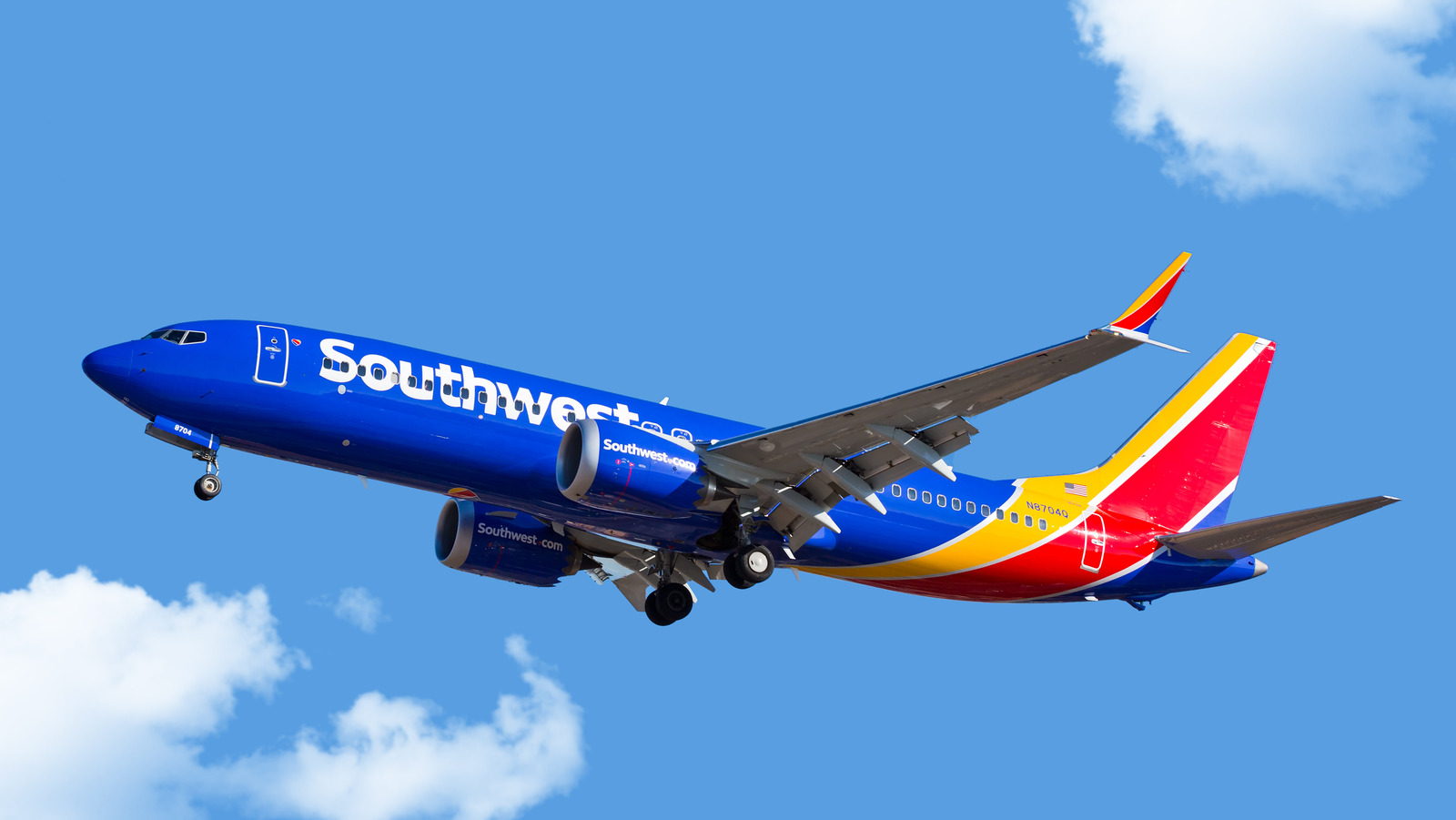In the ever-evolving landscape of commercial aviation, Southwest Airlines has signaled a significant shift in strategy to maintain its growth trajectory despite facing unexpected challenges. Traditionally known for avoiding overnight flights, the Dallas-based carrier is now poised to introduce red-eye services as a strategic response to aircraft delivery delays and a changing market environment.

Southwest Airlines: Navigating Through Challenges
Southwest Airlines has long been celebrated for its customer-centric approach and innovative strategies in the airline industry. However, 2024 was set to be a year of ambitious expansion for the airline, plans that were abruptly complicated by Boeing’s delays in delivering new aircraft.
This setback forced Southwest to rethink its operational strategies, particularly how it could maximize the use of its existing fleet.
During the airline’s fourth-quarter earnings call, CEO Bob Jordan highlighted the adaptive measures the airline has taken. “We made rapid adjustments to capacity for both 2023 and 2024 and put in place significant network adjustments in response to changing demand patterns,” Jordan explained.
This strategic pivot reduced their planned capacity increase for 2024 to about 6%, a carryover from the previous year’s network restoration efforts.

The Shift to Red-Eye Flights
For years, the absence of red-eye flights in Southwest Airlines’ scheduling allowed for simplified operations and maintenance routines. However, the landscape of air travel demands flexibility, especially when external factors like aircraft shortages come into play.
With new labor agreements now in place, notably with the pilots’ union securing a significant 29.15% pay raise immediately, and subsequent 4% annual increases through 2027, Southwest finds itself in a position to innovate once more.
“If Southwest Airlines can get approval of the Flight Attendant Tentative Agreement by the 25th of this month, when they roll forward their schedule to March 2025, they will move forward with red-eyes this fall to combat the Max-related aircraft shortage,” reported Enilria.
This move is not just about coping with fewer planes; it’s about optimizing what they have in an economically challenging environment.
Southwest Airlines acquires SAFFiRE Renewables https://t.co/lQ9IWcqayM @bioenergyintl pic.twitter.com/prA3m2yjQc
— Bio360 Expo (@bio360expo) April 12, 2024
Why Red-Eye Flights Are a Strategic Move
Red-eye flights represent more than just a scheduling option; they are a strategic lever to increase aircraft utilization and potentially reduce fares.
Gary Leff from View From the Wing notes, “Red-eye flights would improve aircraft utilization and more capacity also supports lower fares in the market.” Such flights could make routes that are currently seen as marginal, like those from Hawaii to the West Coast, more viable and profitable.
The introduction of overnight flights at Southwest Airlines allows passengers to travel from the West Coast to the East Coast overnight, landing in time for a full day’s work. This can be particularly appealing for business travelers looking to maximize their time efficiently.

Looking Ahead
As Southwest Airlines prepares to roll out its red-eye flight program, the implications for its operational dynamics and market competition are significant. The initiative is set to begin as early as this fall, though not all 50 planned round trips will launch immediately.
CEO Bob Jordan remains cautious yet optimistic, stating, “We will be relentless in executing against our plans, and we will continue to make adjustments, including capacity adjustments if needed until we deliver those results.”
In a landscape where every carrier is striving for a competitive edge, Southwest’s pivot to embrace red-eye flights could be a game-changer, offering new options for passengers and new opportunities for growth amidst industry challenges.
As Southwest continues to navigate through its operational hurdles, the airline industry watches closely, anticipating how this strategic move will play out in the competitive skies.









